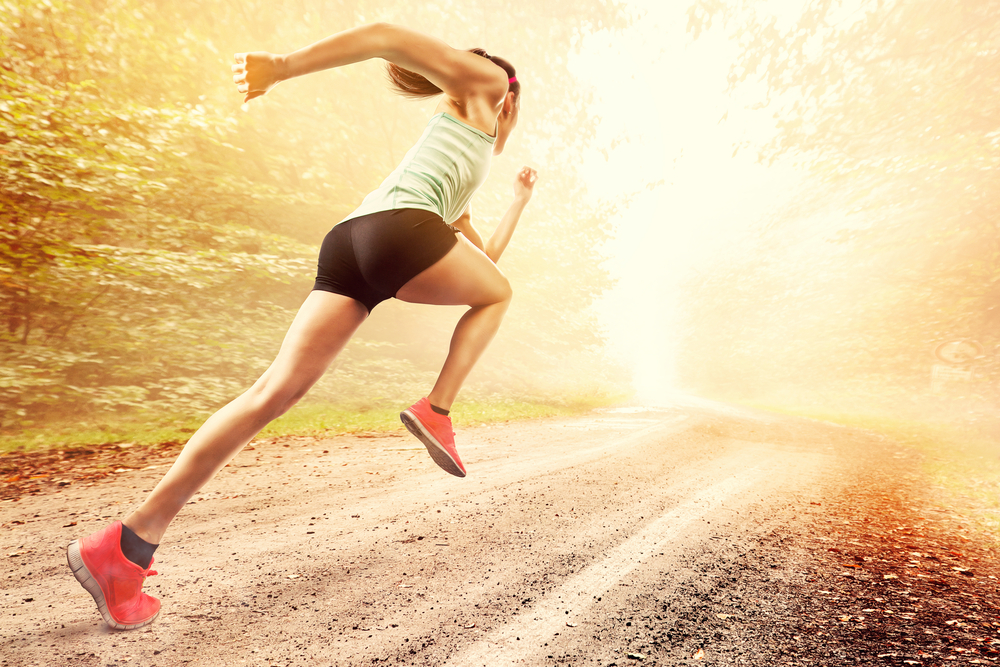If you have been doing yoga for a while, then I don't need to convince you of the benefits a regular practice can give you. For those of you new to yoga, chances are you are familiar with this popular practice, but may be less aware of the multitude of benefits that come with it — here are just a few amazing wins you’ll get from giving it a go!
1) Improved strength. Though weights training is one of the most common ways to get stronger, yoga is actually an incredible workout for building strength and power. During a yoga session, you lift your own body weight in a range of ways; from plank pose to headstand you are constantly supporting yourself and holding your entire body up with a mix of stability, focus and discipline. And when you build strength through yoga, you balance it nicely with flexibility.
2) Improved flexibility. Improved flexibility is one of the most obvious benefits of yoga. During your first class, you may not be able to touch your toes, never mind do a backbend. But if you stick with it, you'll notice a gradual loosening, and over time, seemingly impossible poses will become possible. You'll also probably notice that aches and pains start to disappear.
3) Improved posture. Yoga is great for improving posture. Your spine craves movement - it’s the only way it gets its nutrients and stays supple. Good posture is all about being aware of your body. And with so many of us slumped over computers most of the day, it's no surprise that our posture has a tendency to suffer resulting in aches and pains. Keeping a good posture throughout the day requires a strong spine and engaged core — regularly practising yoga helps to release tight spots and strengthens core muscles, improving your posture over time.
4) Better all-round fitness. When thinking of improving your fitness, most of us think of huffing and puffing away at the gym. But cardio and weights are not the only way to work out. Yoga can offer some of the same benefits, but in a varied, peaceful, safe and more holistic way, especially if you are new to exercise. It combines aspects of cardio, strength and functional training all in one, providing great all-round fitness for life, sport and anything you need it for. What more could you ask for? The best part about this workout is that it can be done at your own pace, in your own home.
5) Lower stress and improves mood. If you are feeling a bit low, it's very tempting to want to treat yourself to a packet of biscuits, pizza, a glass of wine or buy yourself a new plant to perk you up. (Lockdown made me do it! Not sure how long I can get away with that excuse.) Before reaching for the biscuits or your bank card, try just 15 minutes of yoga; it can have amazing effect on your mood. Numerous studies have shown that it can decrease the secretion of cortisol, the primary stress hormone, which in the short term leaves you feeling calm and relaxed, and long term improves your overall health.
6) Better breathing. Breathing techniques are a very important aspect of yoga. Your breath is intimately linked to your state of mind. When your mind is happy and clear, your breath is long and easy; when your mind is bombarded with anxious thoughts, your breath becomes shorter and shallower. When you work consciously with your breath, as you do in yoga breathing techniques, you automatically create an environment inside yourself that is conducive to clear thinking. Your breath is your most powerful and effective tool for clearing your mind in a short amount of time.
7) Releases tension in your mind and body. We all hold tension in the body, sometimes without even being conscious of it. For example, when we are driving and have our shoulders hunched up around our ears, holding onto the steering wheel with a death grip, or scrunching your face when staring at a computer screen. These unconscious habits can lead to chronic tension, muscle fatigue, and soreness in the wrists, arms, shoulders, neck, and face, which can increase stress and worsen your mood. As you practice yoga, you begin to notice where you hold tension and over time you become more conscious of these habits and able to change them for the better.
8) There is a style of yoga for everyone. You may feel slightly intimidated about yoga, thinking that you need to be able to tie yourself in a pretzel-type knot to be able to even entertain the idea. Well, think again! One of the greatest things about yoga is how versatile it can be; there are so many styles of yoga to choose from, each with varying levels of difficulty and benefits to suit your goal. Whether you’re a beginner looking to experience your first downward dog, you’re after a recovery workout, or you’re looking for an intense strengthening yoga flow, this beneficial practice is open to all abilities, ages and genders.
9) Gives you some much needed time to yourself. If you are anything like me, then you definitely need some time-out from your daily routine and some time to switch off. Life is very different at the moment and most of us are spending a lot of time at home with our significant others or family, and are possibly craving some alone time. Yoga is the perfect solution! As a practice that you can do at home with little or no equipment, a vast variety of styles to choose from and the fact that you can do anywhere from 10 minutes to 90, it's a wonderful way to escape and have some “you time”.
10) It's fun and challenging. Whatever you do, don’t take it too seriously, it's only yoga! It’s accessible for everyone and is a wonderful practice that is both enjoyable and challenging; the perfect balance. Yoga strengthens and tones the body whilst calming the mind, but in a way that is also fun, otherwise, we wouldn't do it. Some poses come with higher thrill factors, and when you're in them, you can't help but giggle. Yoga can also help bring out that playful, child-like side of us, which in my opinion, we all need much more of!
Whatever you do just dont put too much pressure on yourself. With my yoga practice, sometimes I feel like a graceful swan, other times I feel like a baby giraffe trying to find its legs, but I'm ok with that because it is something that I love practising!








